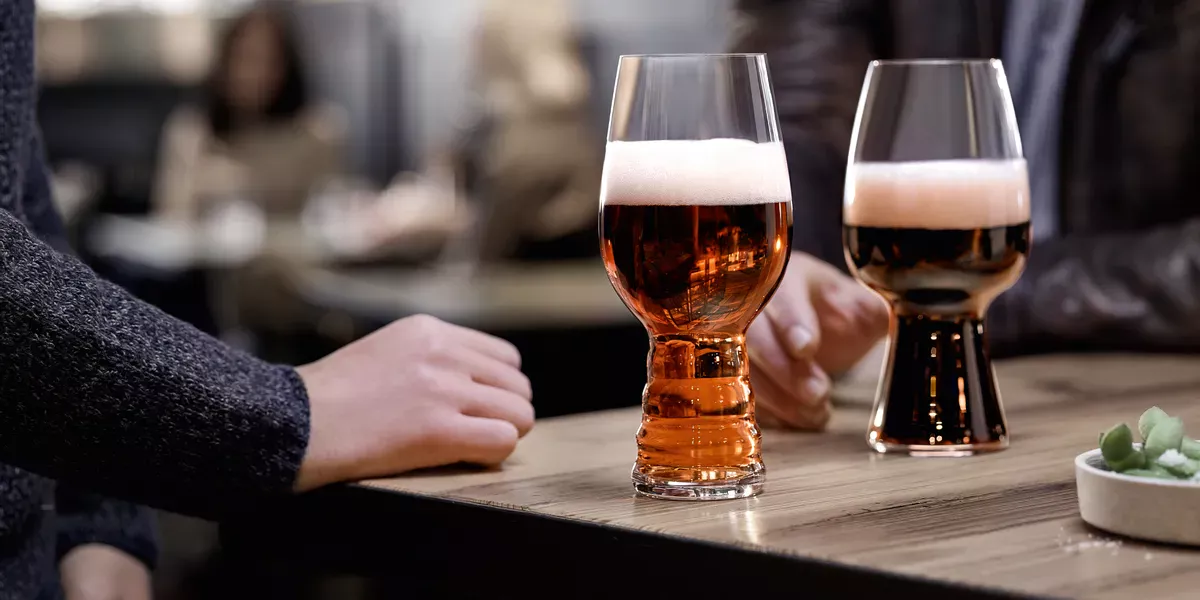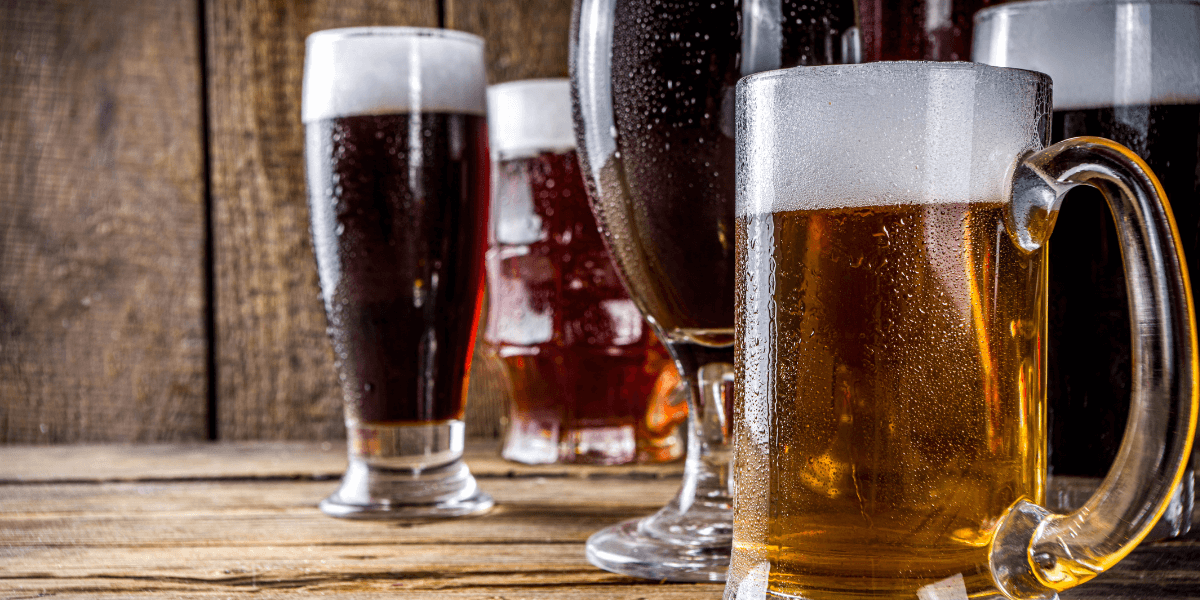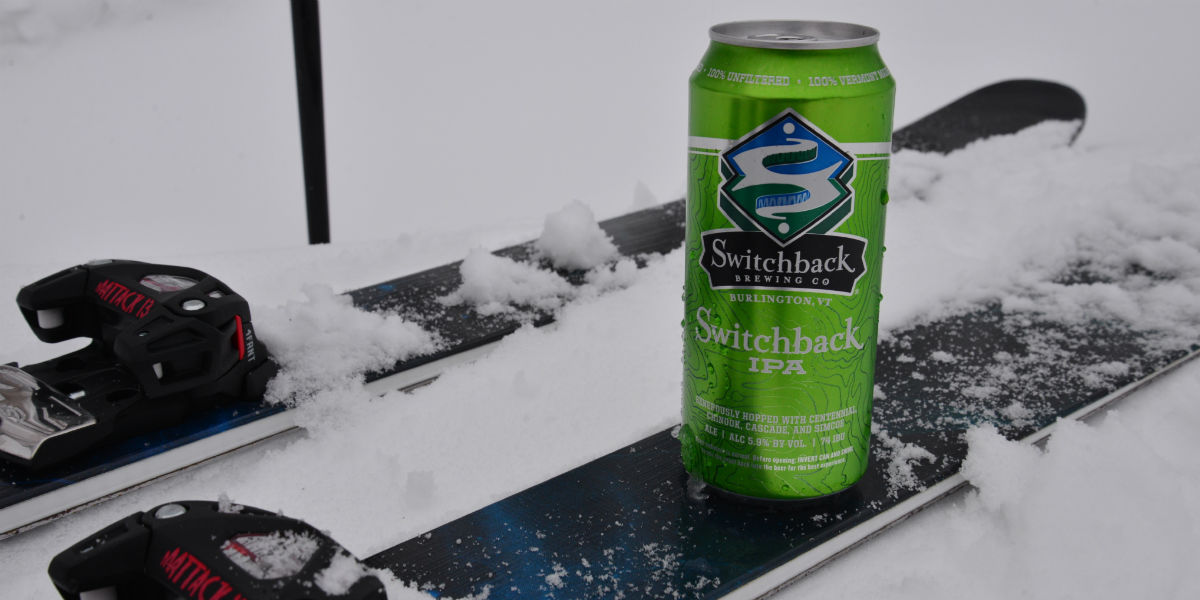
As a homebrewer, there’s always more to learn, and one of the most important areas to understand is what happens after the boil. In this article, I’ll walk you through the cold side process explained from my own brewing experiences, and why this stage is just as crucial as the hot side when it comes to producing high-quality beer.
What Is the Cold Side?
The cold side of brewing begins once the wort is cooled down after boiling and continues through fermentation, conditioning, and packaging. For a long time, I didn’t give the cold side as much attention as I should have. I figured once the boil was done, most of the important work was over. But I’ve learned over time that the cold side can make or break a batch.
Cooling the Wort
The first step in the cold side process explained is cooling the wort quickly to yeast-pitching temperature. I use a wort chiller, but some brewers use ice baths or counterflow chillers. Rapid cooling helps reduce the risk of contamination and improves clarity. In my early brewing days, I left the wort too warm for too long and ended up with off-flavors. That taught me that cooling isn’t just about temperature—it’s about timing.
Transferring to the Fermenter
After cooling, I transfer the wort to the fermenter while trying to keep oxygen exposure minimal. This can be tricky because aeration is beneficial when pitching yeast but harmful afterward. I’ve started using closed transfer systems to limit oxidation, especially when brewing hazy IPAs that are sensitive to oxygen.
Fermentation Management
Fermentation is where the magic happens. I make sure to monitor temperature closely during this phase. Yeast health and fermentation temperature affect attenuation and flavor. The cold side process explained here really hinges on precision—if fermentation temperature swings too much, I’ve noticed off-flavors and poor flocculation.
Dry Hopping and Additions
If I’m adding hops, fruit, or other ingredients after fermentation has started, I’m extra cautious. Everything gets sanitized thoroughly. I had a batch go sour once from a dirty dry hop bag, so now I take sanitation very seriously. This step in the cold side process explained how attention to detail can mean the difference between a clean, flavorful beer and a ruined one.
Cold Crashing and Conditioning
After fermentation finishes, I cold crash my beer by dropping the temperature to help particles settle. It clarifies the beer and helps with packaging. Cold crashing is another key part of the cold side process explained because it gives that polished, professional look to homebrews.
Packaging and Avoiding Oxidation
Packaging is the final step. Whether I’m bottling or kegging, I purge my containers with CO2 to reduce oxidation. Oxygen can rapidly dull hop character and cause off-flavors, something I painfully learned after losing an entire IPA batch to stale cardboard flavors. This stage is the final safeguard in the cold side process explained from a homebrewer’s perspective.
Final Thoughts
What I’ve come to realize is that the cold side process explained in detail is as much about careful handling and cleanliness as it is about equipment or ingredients. Each step—from cooling to packaging—demands attention. Skipping or rushing any part of it shows in the final product. For anyone diving deeper into brewing, mastering the cold side is not optional—it’s essential for consistency and quality.
I hope this breakdown helps other brewers understand how much the cold side matters. When I began paying closer attention to these details, my beers improved significantly. That’s the beauty of brewing—you’re always refining, always learning.




